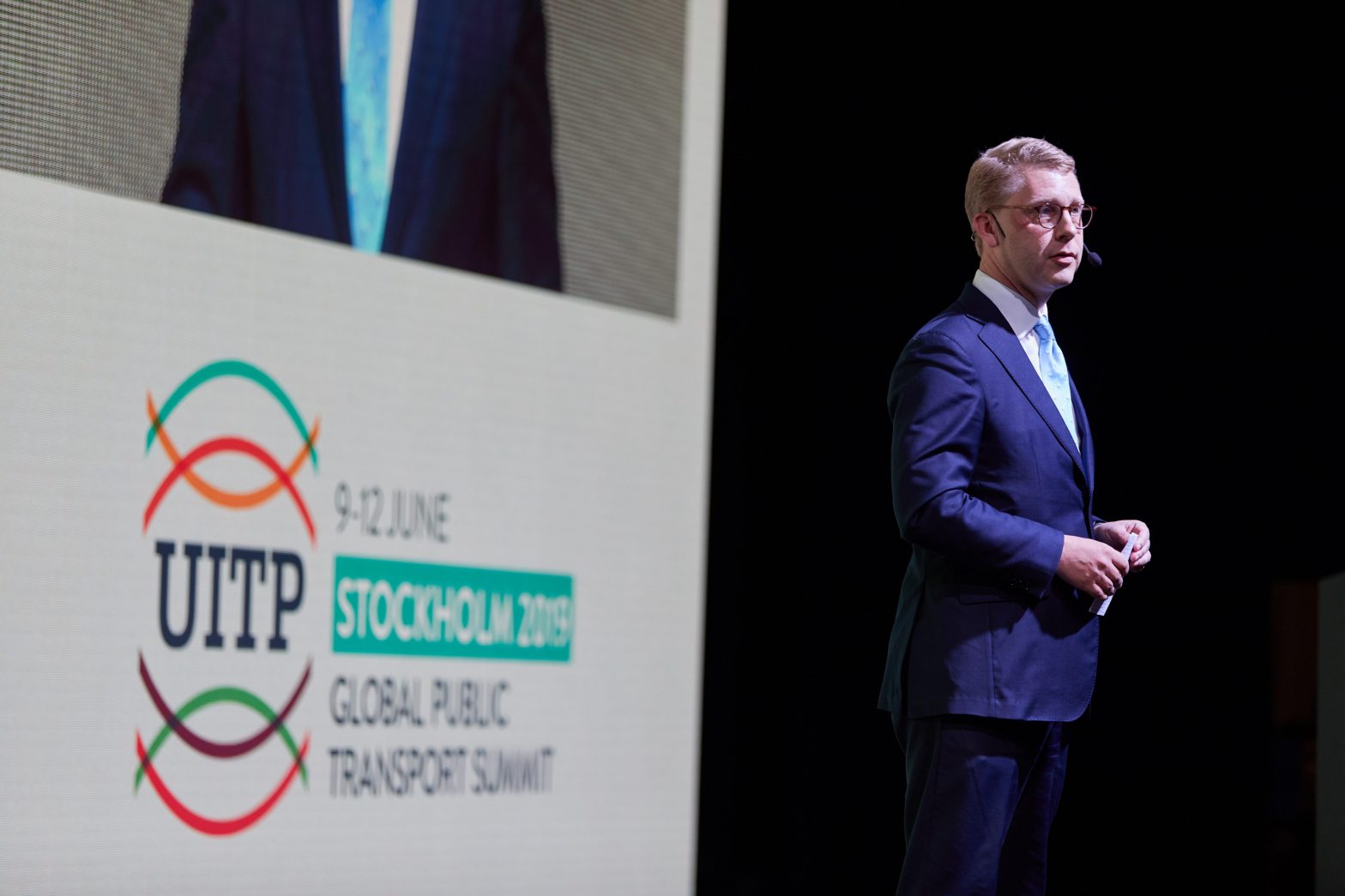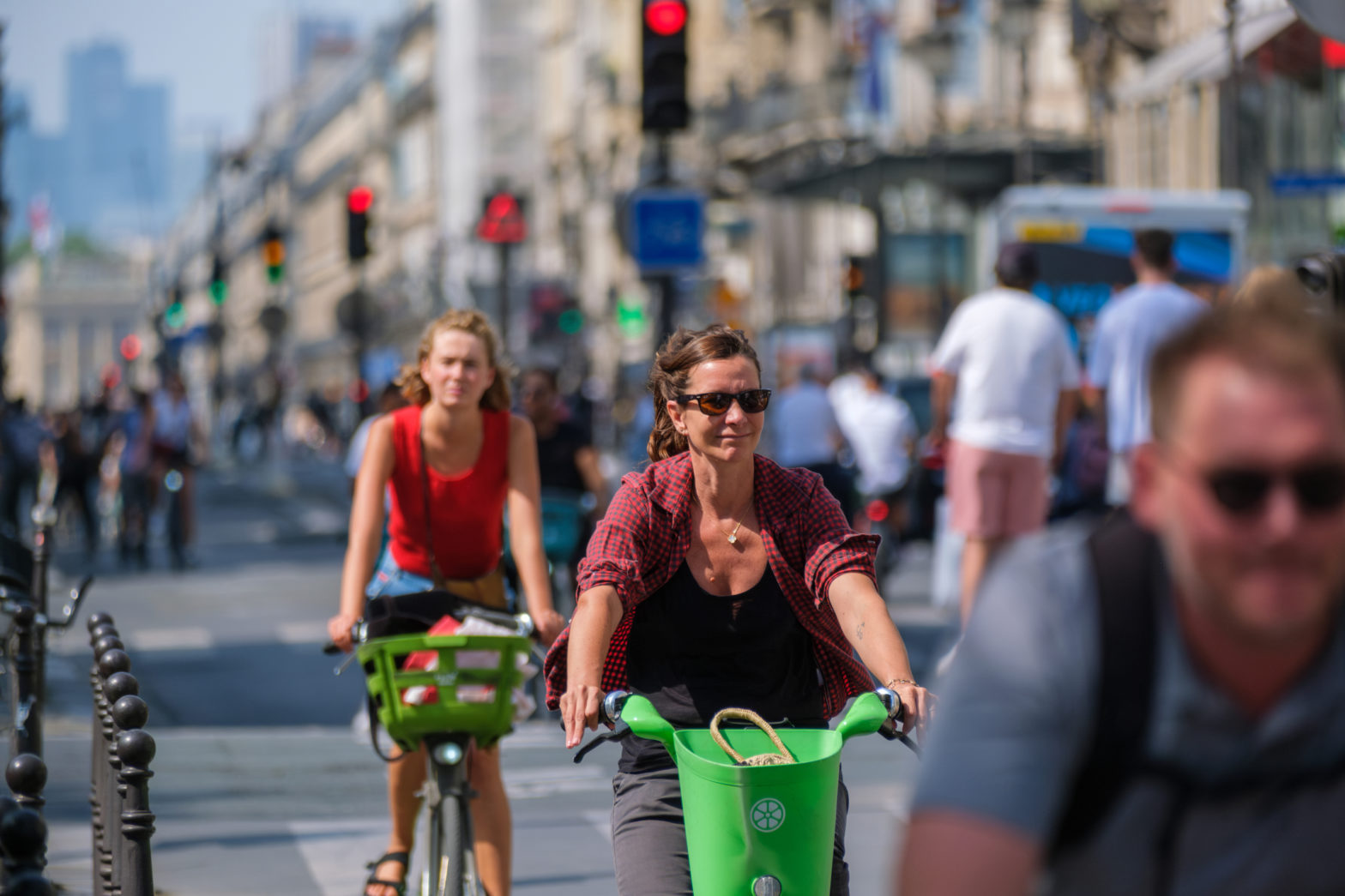
Photo: R176724-1-e1560439493185
Stockholm outlines future mobility plans
13 June 2019
by Christopher Carey
The City of Stockholm has announced plans to add 17 new metro stations during the expansion of its 100-strong network.
Speaking at the UITP Global Public Transport Summit in Stockholm, Kristoffer Tamsons, Regional Minister for Transport in Stockholm and Chairman of Stockholm Public Transport also outlined the city’s plans to make its transport network “smarter and more inclusive”.
Currently eight out of ten journeys in the Swedish capital are made by bus, tram, train, metro and ferry during peak hours, while 100 percent of public transport on land is driven by green fossil-free fuels.
“We are making historical investment in the future when we talk about electrification and digitalisation, but we need to remember that traditional public transport is the backbone of it all.
“I think I can speak for all of us when I say that public transport today has become much of the driving force for growth and progress in our society, yet I feel like we all share a lot of the same challenges,” added Tamsons.
The issue of congestion featured heavily during discussions at the event, with Jan Kilström, CEO of Keolis Sweden outlining how a reduction in the number of cars and prioritisation of buses could help solve the problem.
Keolis operates the largest bus contract in Sweden, which transports 320,000 passengers each day. In recent years it has seen its ridership decline however, in part due to an increase in congestion.
“We have seen an increased number of cars on the streets of Stockholm, and some of them park and drive in bus lanes, causing huge obstructions,” said Kilström. “We also have traffic signals that are not adjusted towards bus traffic, and endless roadworks clogging up space. Seventy-five percent of our bus lines have been subject to this and it means we need to re-route, causing delays and costing money.”
In 2017, the company began working with Stockholm Public Transport and city authorities to address these issues and a commission was formed to focus on how to reduce congestion.
It outlined the need to prioritise buses at traffic signals, increase the number and size of bus lanes, and adopt a better coordination of the time allocated to roadworks.
“We also needed to focus on offloading and on-boarding people on buses and changing the way people queue up for the bus–it sounds a bit silly, but it’s very important to get that flow right,” said Kilström.
Between autumn 2017 and spring 2019, the amount of time buses have spent waiting in traffic in the capital has been reduced by 36 percent, with the average speed of traffic in the city centre increasing by 8 percent.
“It doesn’t sound like much, but these small changes really do matter, and they can only happen through cooperation,” Kilström added.






